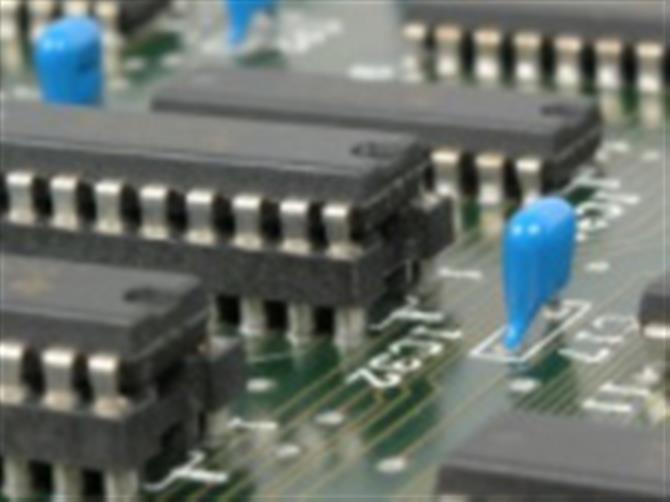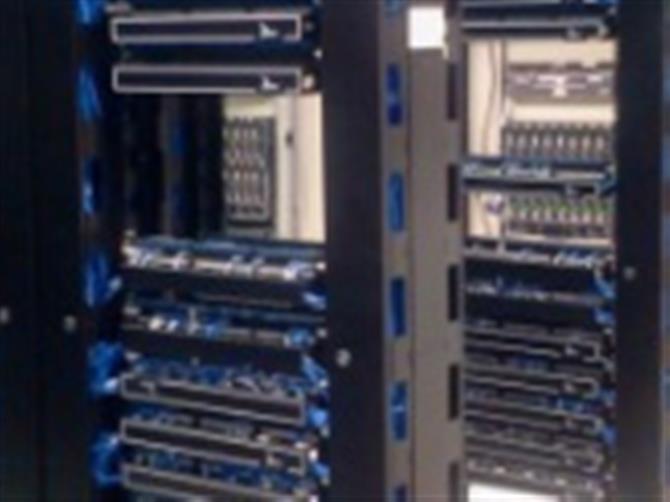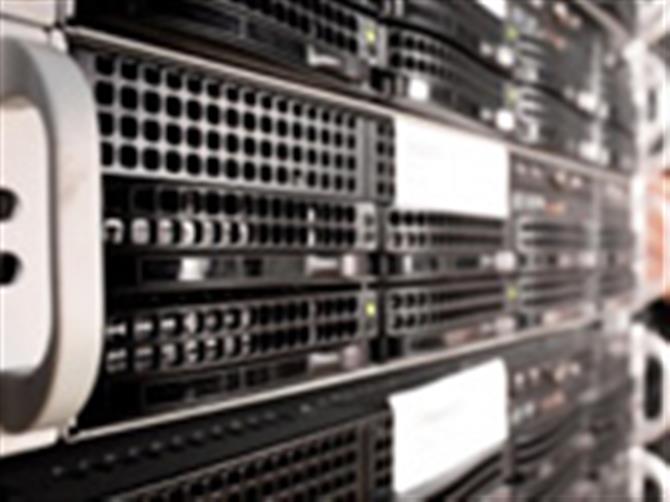I. Classification of PCB boards
PCBs can be categorized as follows according to their structure and wiring:
- single panel: On this most basic PCB, components are concentrated on one side and wires are located on the other. Single-panel is mainly used in early circuit design due to more design constraints.
- double sided: This type of PCB is wired on both sides and the connection of the wires on both sides is realized by means of vias (guide holes). Dual-sided boards offer more complex circuit design possibilities than single-sided boards.
- multilayer: In order to increase wiring space, multilayers consist of multiple single- or double-sided sheets laminated together in alternating layers by means of insulating bonding materials and positioning systems. Multilayer boards usually have an even number of layers, including the two outermost layers. Although it is technically possible to reach nearly 100 layers, in practice most motherboards are constructed with four to eight layers.
Second, PCB board characteristics
PCBs have the following distinguishing features:
- densification: With the development of integrated circuits and mounting technology, the densification of PCB boards is increasing.
- high reliability: Ensure long-term stable operation of PCB boards through strict inspection, testing and aging tests.
- designability: The electrical, physical, chemical and mechanical properties of PCB boards can be achieved through standardized and regulated design, improving design efficiency.
- producibility: Adopting modern management to realize standardized, large-scale and automated production of PCB boards to ensure the consistency of product quality.
- testability: Established perfect test methods, standards and equipments to detect and characterize the qualification and service life of PCB products.
- assemblability: PCB products facilitate the assembly of standardized components and support automated, large-scale mass production. At the same time, PCB and component assembly parts can be further assembled into larger parts or complete machines.
- maintainability: As PCB products and component assembly parts adopt standardized design and large-scale production, they can be quickly and easily replaced when the system fails, and the system work can be quickly restored.



